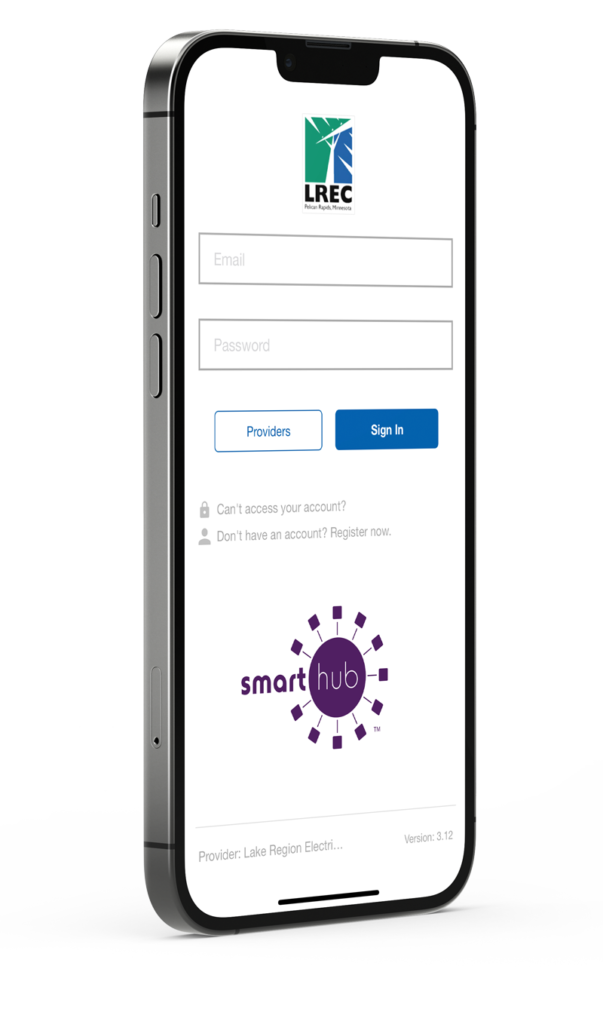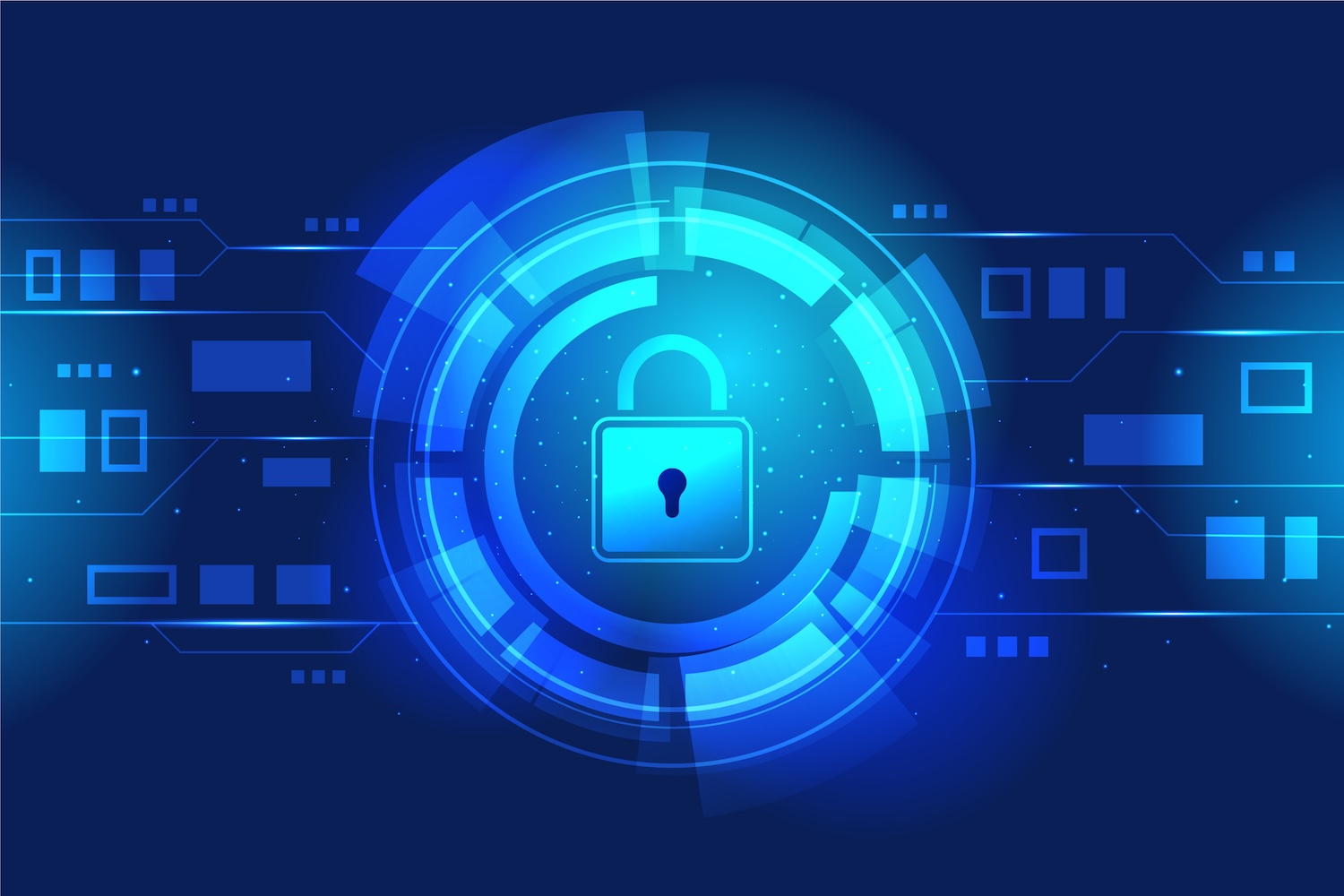October is Cybersecurity Month
Security at the Cooperative
In today’s interconnected world, cybersecurity is indispensable for organizations of all sizes. LREC places great emphasis on safeguarding its infrastructure and data. The following measures are in place at LREC to best ensure the uninterrupted delivery of electricity.
LREC has fencing installed around all of our substations, and we continue to evaluate additional options for security at our substations. Access to our buildings is limited. Our front door is the only entrance that is unlocked during business hours and guests must check-in at the front desk before they can access the rest of the building (escorted by an LREC team member).
LREC maintains a strong cybersecurity posture. Network traffic and server logs are continuously monitored for suspicious activity entering or leaving our network. If anything is found, our IT team is alerted and immediately takes steps to mitigate the issue. Additionally, multi-factor authentication is enabled on all of our cloud hosted applications housing sensitive information.
A combination of regularly scheduled software patching and strong anti-virus/anti-malware software is utilized for all of our network equipment, servers, workstations, and mobile devices. A strong email filter stops most phishing emails from getting to our employees, while link protection scans links in emails to ensure they aren’t malicious before the user is redirected to websites.
Security at Home
Using the following best-practices for cybersecurity at home will go a long way towards safeguarding your personal data.
Create strong, unique passwords for each online account and use a password manager to keep track of them. Unique passwords for different accounts make it harder for attackers to compromise multiple accounts if one is breached. Additionally, protect your accounts by enabling Two-Factor Authentication (2FA) wherever possible (see how to do this on SmartHub below). This security feature adds an extra layer of verification, typically through a code sent to your phone, making it significantly harder for cybercriminals to access your accounts even if they do have your password. Keep your operating system, apps, and antivirus software up-to-date. Software updates often include patches to fix vulnerabilities, reducing the risk of exploitation by hackers.
SmartHub: Enable Two-Factor Authentication

Mobile App
- Open the SmartHub app
- Tap More at the bottom right corner of the screen, then tap Settings
- Tap Security
- Tap Two-Factor Authentication
- Follow the prompts to complete setup
Web
- Login to SmartHub
- Click on My Profile
- Click on Manage Two-Factor Authentication
- Check the box by Enable Two-Factor Authentication
- Follow the instructions to complete setup

